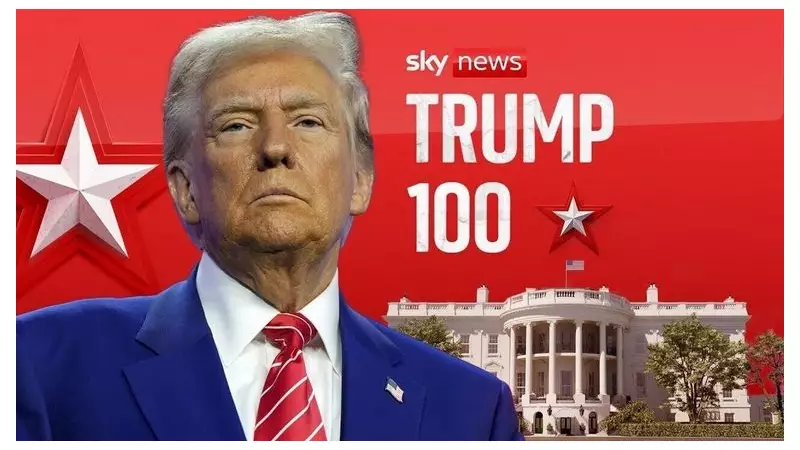
In a move that could reshape global security dynamics, former President Donald Trump has directed his team to explore restarting nuclear weapons testing for the first time in decades. This controversial decision comes precisely as he engages in high-stakes discussions with Chinese leader Xi Jinping.
A Return to Cold War Tactics
The potential resumption of nuclear testing represents a seismic shift in American defence policy. The United States hasn't conducted live nuclear tests since 1992, maintaining an informal moratorium that has become a cornerstone of international non-proliferation efforts.
Sources close to the matter reveal that Trump's team has been instructed to identify potential testing sites and assess the logistical requirements for conducting underground nuclear explosions. This preparation signals a potentially dramatic break from decades of established nuclear policy.
Strategic Timing Amid Superpower Diplomacy
The timing of this nuclear directive raises significant questions about its strategic purpose. The order coincides with Trump's meeting with President Xi, suggesting the move may be intended as:
- A bargaining chip in US-China negotiations
- A demonstration of military resolve
- A response to perceived nuclear advancements by rival nations
This development occurs against a backdrop of increasing nuclear tensions worldwide, with several nations modernising their atomic arsenals and others openly flouting non-proliferation agreements.
International Alarm Bells Ringing
Security experts and diplomatic corps are expressing deep concern about the potential consequences of renewed American nuclear testing. Such actions could:
- Trigger a new global arms race
- Undermine decades of non-proliferation treaties
- Destabilise delicate international security balances
- Damage environmental safeguards
The decision places the United States at a critical crossroads, potentially abandoning its leadership role in nuclear restraint for a more aggressive posture that could have far-reaching implications for global stability.
As world leaders watch these developments unfold, the international community braces for what could become the most significant shift in nuclear policy since the end of the Cold War.





